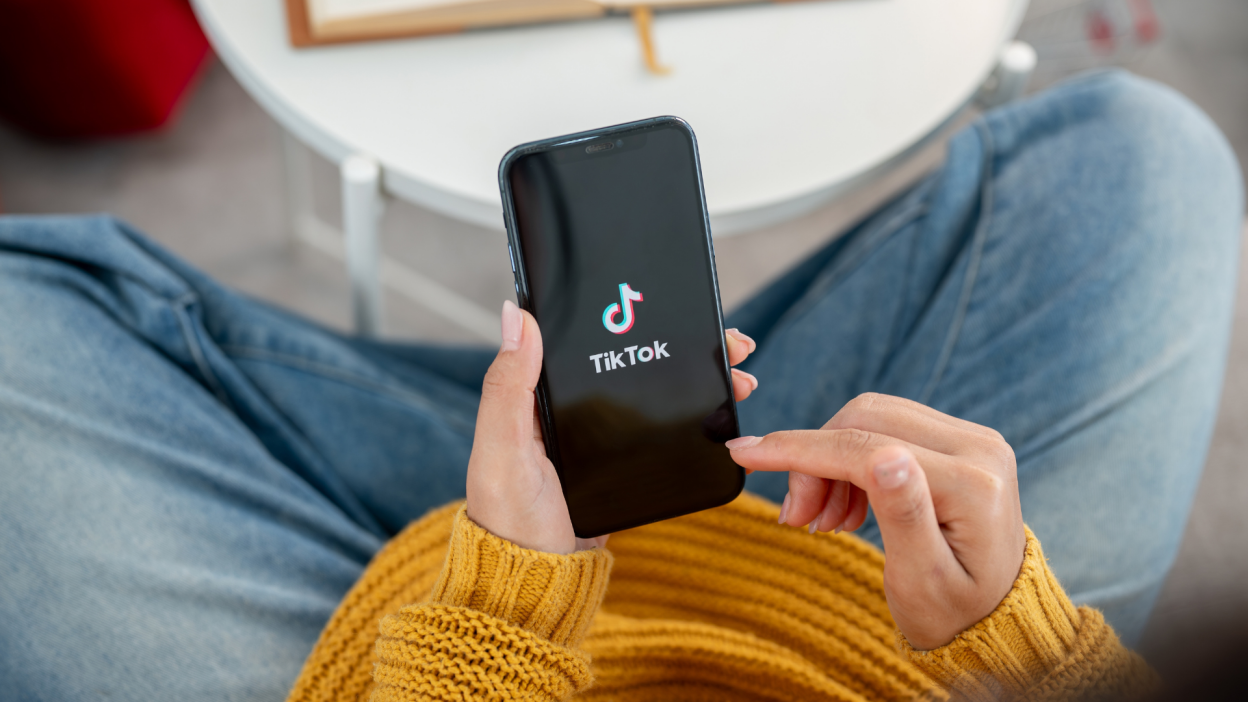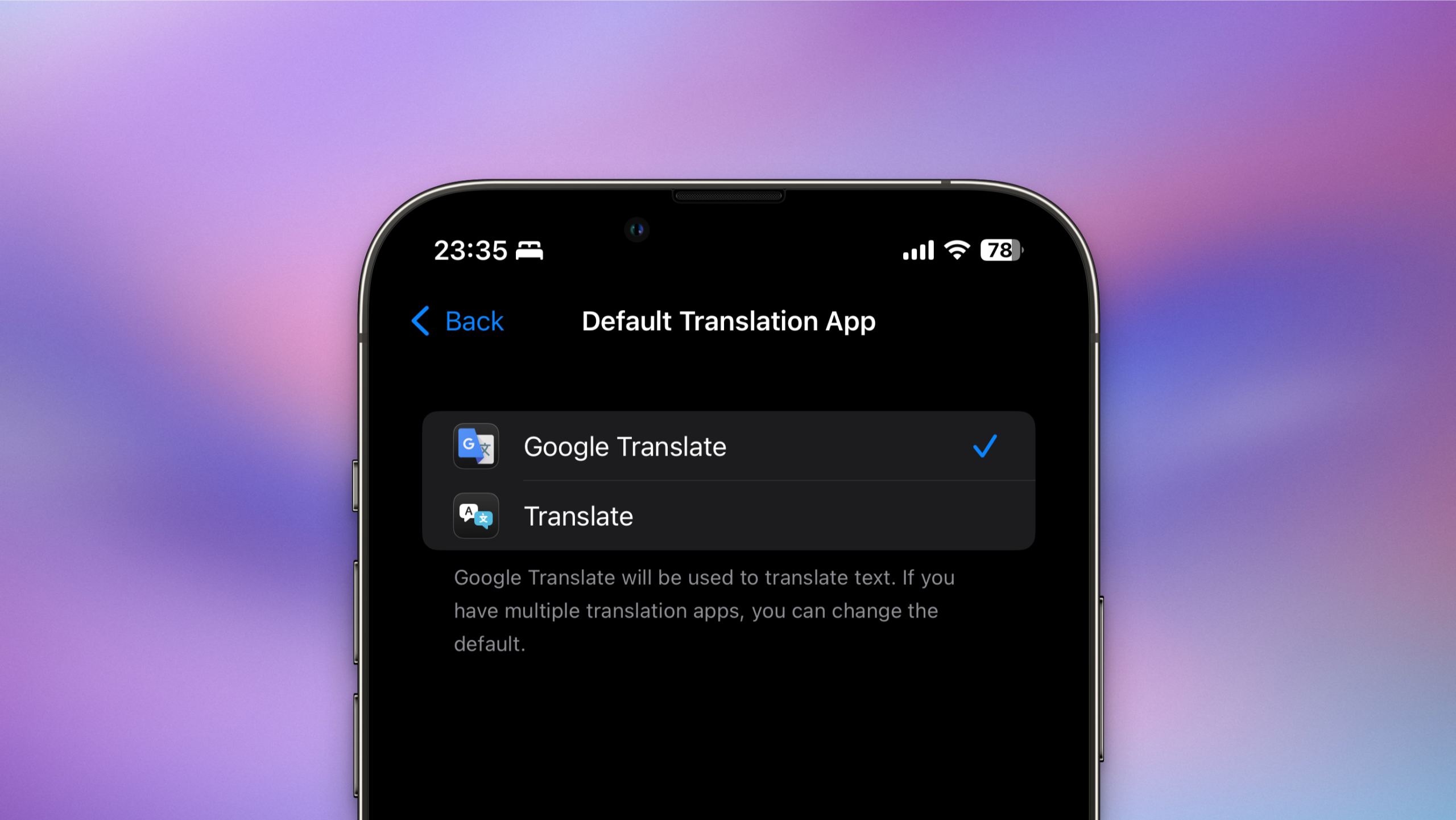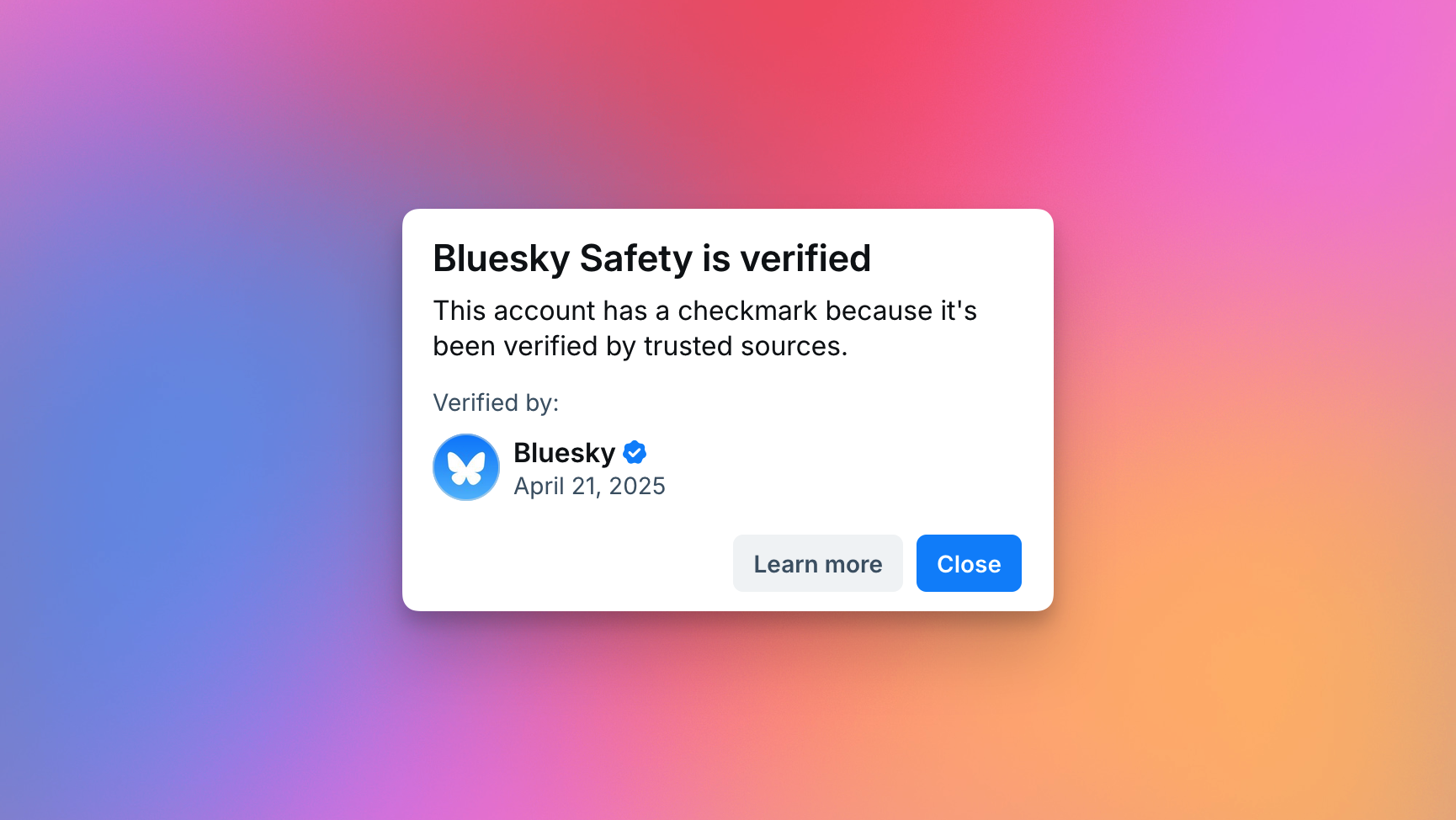Now Reading: AI-Generated TikToks Lure Users into Malware Traps
1
-
01
AI-Generated TikToks Lure Users into Malware Traps
AI-Generated TikToks Lure Users into Malware Traps

Swift Summary
- TikTok has been exploited by scammers using a technique known as ClickFix to push malicious malware, including Vidar and StealC infostealers.
- The scam involves AI-generated instructional videos that attract users with claims of activating premium features in Spotify, CapCut, or Windows/Microsoft Office.
- The instructional videos frequently enough direct users to run PowerShell commands on their devices, which download malware capable of stealing sensitive data such as passwords, credit card details, cookies, and cryptocurrency wallet data.
- TikTok’s algorithm enables these videos to spread widely due to high engagement.
- Past TikTok scams include fake cryptocurrency giveaways using Elon Musk deepfakes and challenges like the “Invisible Challenge,” which spread other forms of malware like WASP Stealer.
How ClickFix Works: This social engineering tactic deceives users via fake error messages or prompts. Users unknowingly execute commands that install malicious scripts designed for persistence while evading detection.
Tips for Spotting Malicious Videos:
– Avoid following random technical instructions from unknown sources on TikTok.- Verify authenticity through official developer accounts or websites.
– be cautious about signs of AI-generated content designed for scamming.
Stay Informed With the Latest & Most Important News
Previous Post
Next Post
Loading Next Post...




























